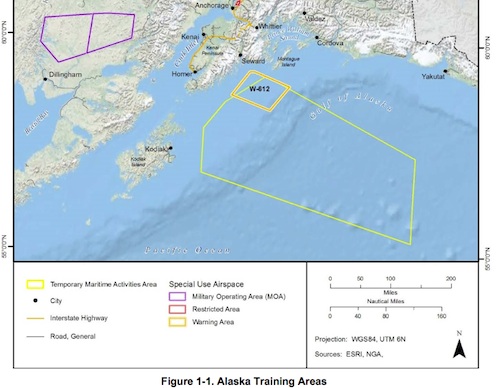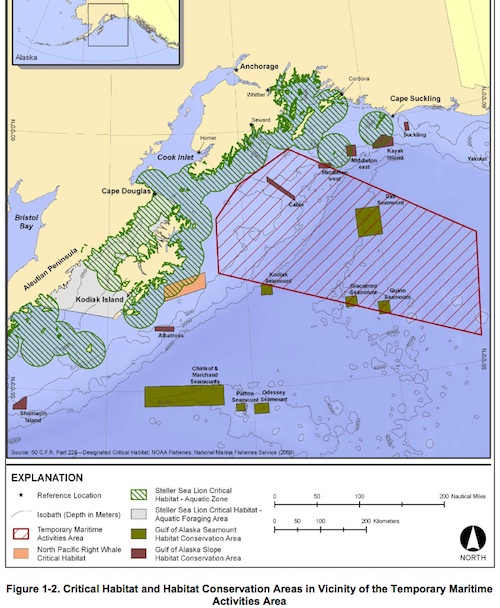In the most promising development yet in using acoustics to deal with the spread of bark beetles in the American and Canadian west, researchers at Northern Arizona University have found that some beetles can be disrupted by playback of other beetle sounds. The tiny insects make squeaking noises as they tunnel through trees; the researchers have been manipulating the beetle sounds, which are above human hearing, and playing them back to the insects. The results drive them buggy: They attack each other, scamper in circles rather than straight lines and have tried to gnaw their way through Plexiglas covering a cross section of a tree in a lab in Flagstaff, Ariz.
A great article in The Missoulan included these tidbits from NAU researchers Richard Hofstetter and Reagan McGuire, Skye Stephens, an entomologist with the Colorado State Forest Service, and David Dunn, a sound artist who discovered and first recorded the beetle sounds:
“One of the questions is if we could effectively remove them from a particular tree or set of trees, where do they go, what happens to them?” Stephens said. “I’m very excited to see what happens next” with the research. Hofstetter and McGuire are eager to run tests on the ground to answer questions like that. Working with Dunn, they have applied for a patent on a device that pumps in noise to throw off the beetles’ destructive course. Hofstetter said the sounds are at a frequency that shouldn’t bother other species. The work has been a side project for the professor, who has struggled to scrape together funding for the research. McGuire is volunteering his time. “We’re hoping it’s going to lead to a whole new field,” Hofstetter said.
David Dunn, who has traveled the world collecting sounds of nature for his compositions, first started recording the inner life of trees in 2004. He took the kind of small microphone used in greeting cards to record and play, fastened it to a recycled meat thermometer and inserted it into the tree. While concerned about the dying trees and what they signal about climate change, Dunn has become intrigued by the beetles, “an absolutely fascinating form of life. I fell in love with them,” Dunn said. “But then we’re watching them cannibalize each other. I always think, ‘How bad is this karma?’
“But if something really positive about forest health comes of it, perhaps it’s worth the price.”
Dunn’s CD, The Sound of Light in Trees, was released by EarthEar; 100% of all sales revenues are donated by Dunn and EarthEar to support the Acoustic Ecology Institute. See more on the CD and beetle project on AEI’s website.





